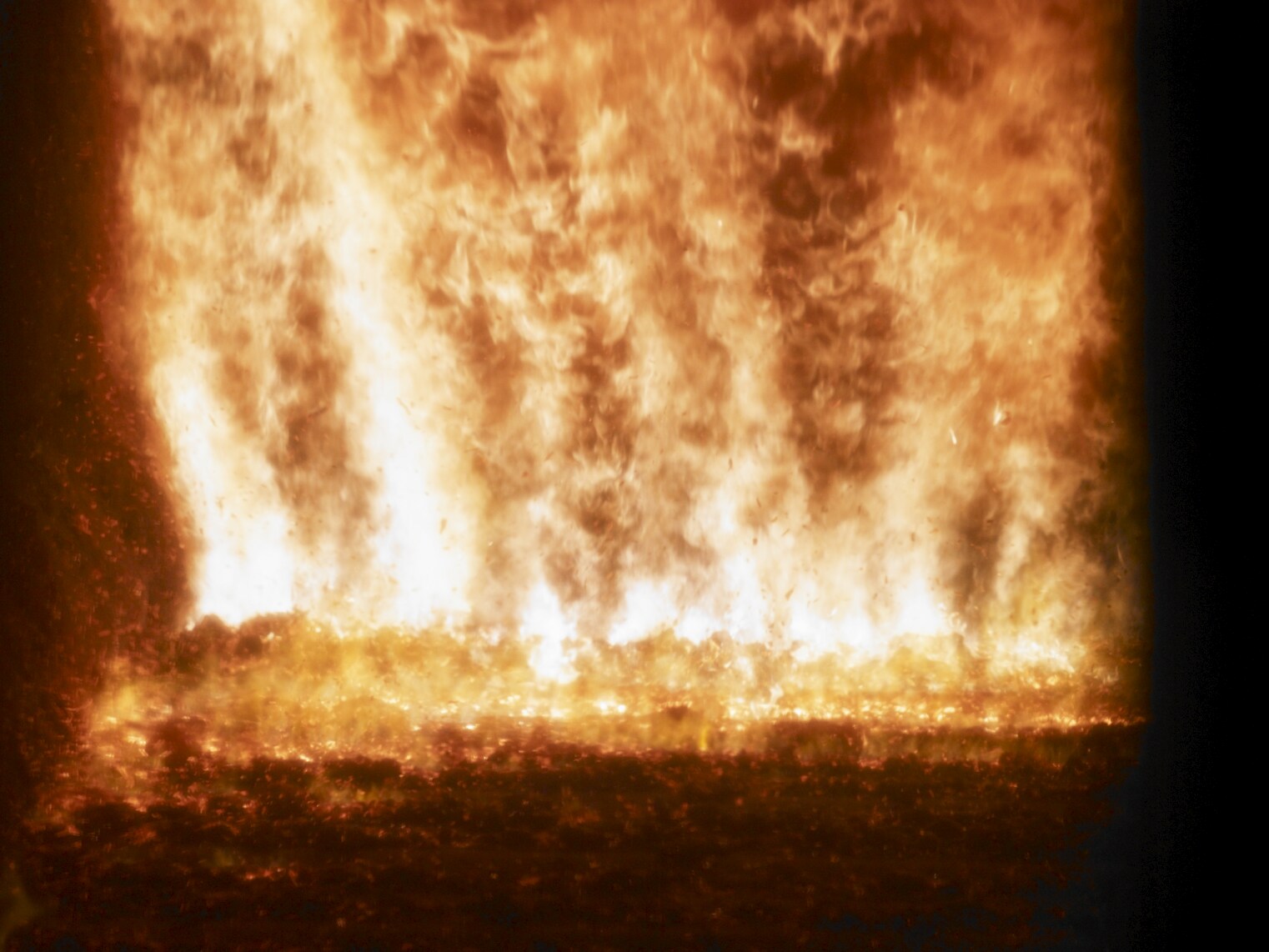
Picture for representational purpose only. Used with the kind permission of Standardkessel Baumgarte GmbH
The Central Pollution Control Board’s (CPCB) inspection of three waste to energy plants in Delhi has resulted in the discovery of high cadmium levels in fly ash at Bawana and Ghazipur plants.
A report was prepared in line with the order given by National Green Tribunal, which asked for inspections to be carried out every four months. CPCB has now asked the two plants to look for the source of high cadmium levels. It has also directed them to figure out a way to use 100 percent of the fly ash rather than dumping it at landfill sites.
Narela Bawana plant has been instructed to improve waster segregation, look for measures to curb fugitive emissions, reuse fly ash and bottom ash. The Ghazipur plant has been asked to get proper consent-to-license from DPCC, to make sure that the concentration levels of stack emissions are within the specific limits, air quality monitoring system is installed and operational and fix radioactive sensors apart from taking care of the fly ash issue.
The Okhla plant was also issued certain instructions namely ensuring that the concentration levels are on check apart from reducing fugitive emissions and converting 100 percent fly ash to a usable component.
Experts warn that the high cadmium levels in fly ash is toxic in nature and can cause cancer if anybody is exposed to it.



